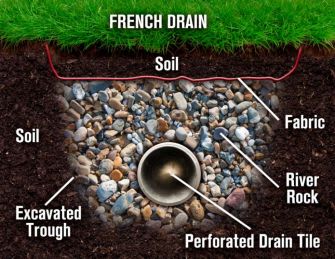-
1
- #1
NikaJ
Military
- Sep 17, 2022
- 1
Hello. I have an old home in SE Wisconsin. The original foundation is stone from the 1840s, and there were a couple additions around 1900, 1950s, and 1990s, where they added a mixture of cinder block walls, slab, and crawlspace under the newer parts of the house. It was built into a hill, with the slope side soil pushed up about a foot above the foundation with a swale about 6 feet out. The soil appears to be mostly clay, especially directly around the foundation.
We were recently told that we needed a French drain along the foundation on the slope side. However, after scouring the internet to learn more about them, this forum has pointed out that those are maybe not what we need after all.
I dug out the side of the house myself to at least get the soil below the bottom of the vinyl siding, but now I’m overwhelmed with figuring out the right course of action and don’t want to pay a contractor a ton of money for a wrong fix. I tried to call around for an engineer to look at it (recommended in an old home group on FB) but no one has returned my calls.
I thought that we could possibly dig out a bit further and terrace that slope or at least install a retaining wall. If we went that route, would grading the soil away from the house be enough without installing a drain there? Or does it still need a drain but just not a French drain?
There is nothing seeping into the basement from this side, at least from what we can see as this side is much harder to access. The major problem was simply that the vinyl siding was buried, so the sill and lower parts of the wall are now rotted, which is an entirely separate problem.
Here are pictures of it dug out so far and some before pictures. I can add more pictures or details or whatever is needed. Please help me figure this out without wasting more time and money.
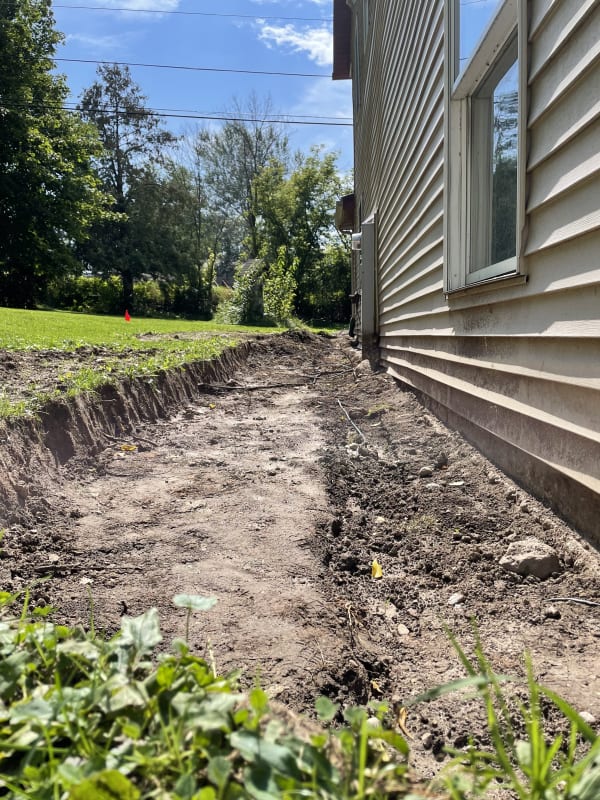
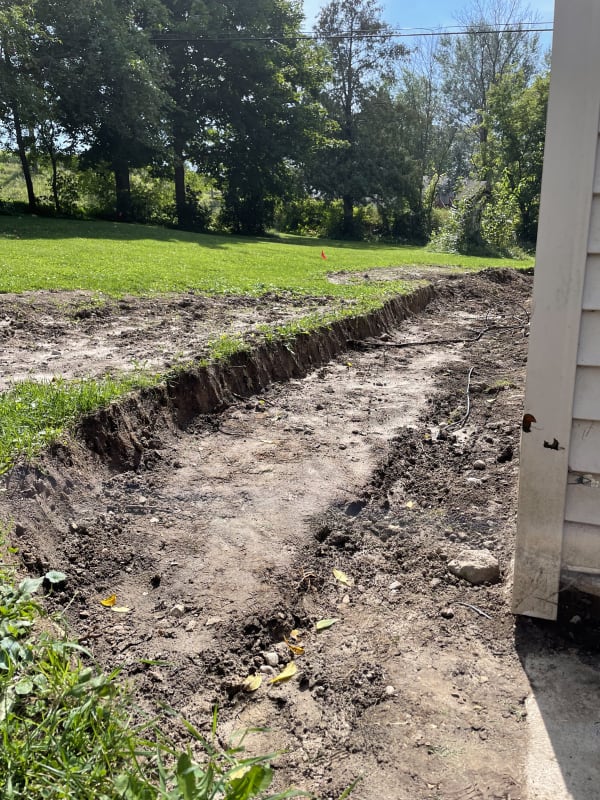
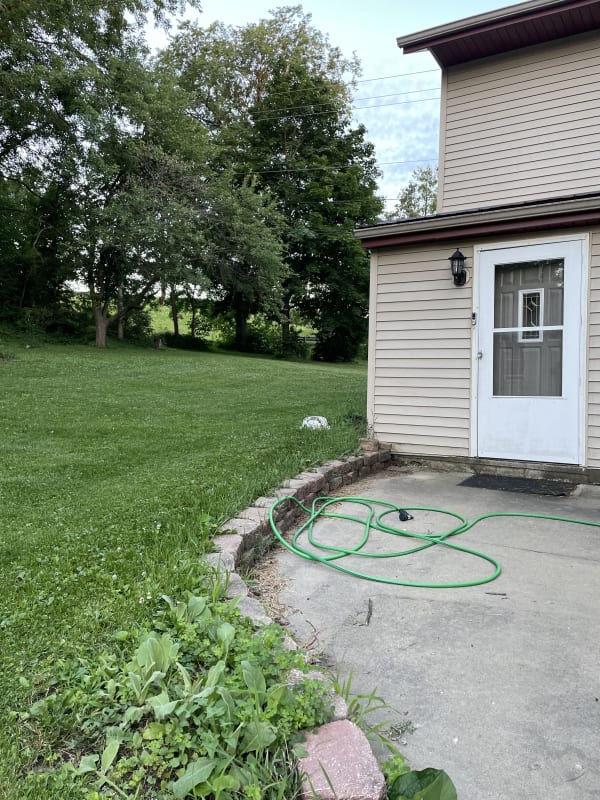
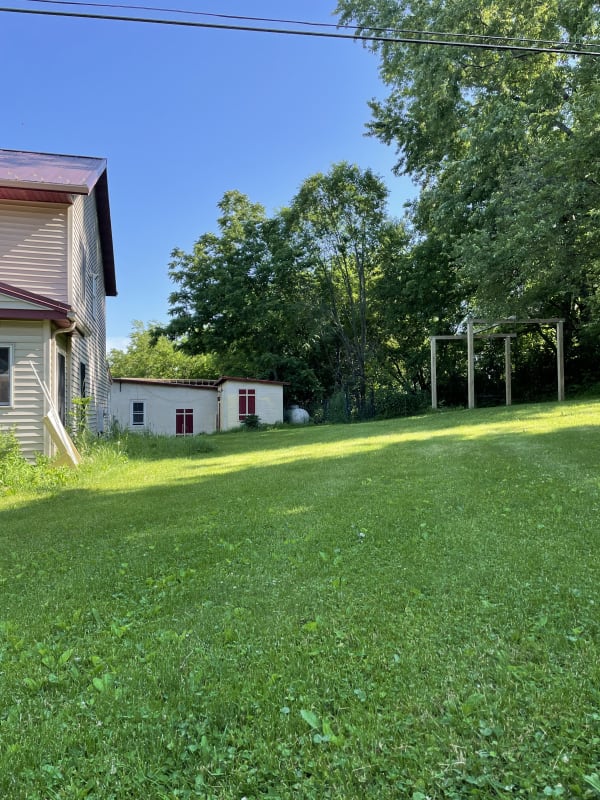
We were recently told that we needed a French drain along the foundation on the slope side. However, after scouring the internet to learn more about them, this forum has pointed out that those are maybe not what we need after all.
I dug out the side of the house myself to at least get the soil below the bottom of the vinyl siding, but now I’m overwhelmed with figuring out the right course of action and don’t want to pay a contractor a ton of money for a wrong fix. I tried to call around for an engineer to look at it (recommended in an old home group on FB) but no one has returned my calls.
I thought that we could possibly dig out a bit further and terrace that slope or at least install a retaining wall. If we went that route, would grading the soil away from the house be enough without installing a drain there? Or does it still need a drain but just not a French drain?
There is nothing seeping into the basement from this side, at least from what we can see as this side is much harder to access. The major problem was simply that the vinyl siding was buried, so the sill and lower parts of the wall are now rotted, which is an entirely separate problem.
Here are pictures of it dug out so far and some before pictures. I can add more pictures or details or whatever is needed. Please help me figure this out without wasting more time and money.





